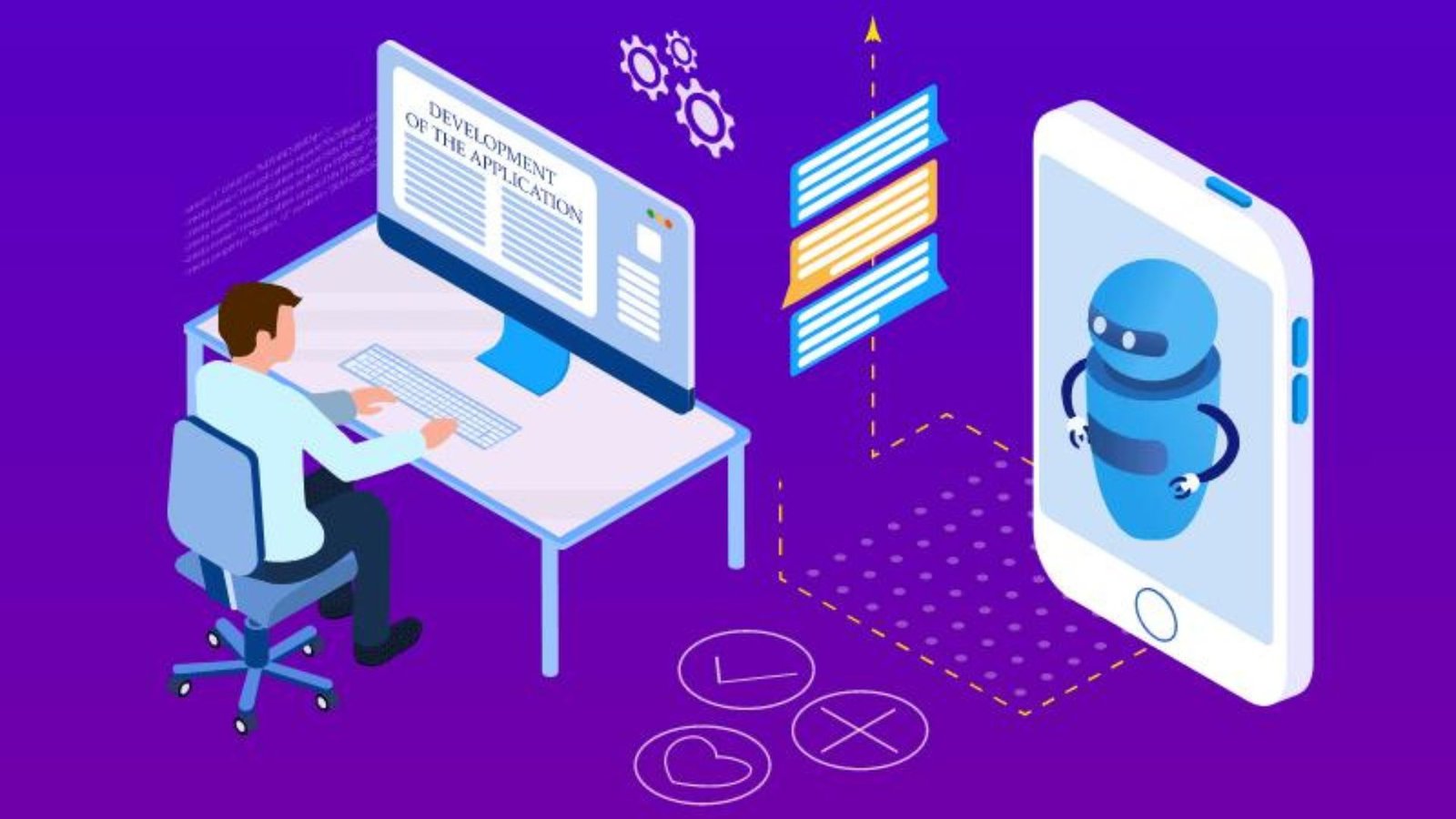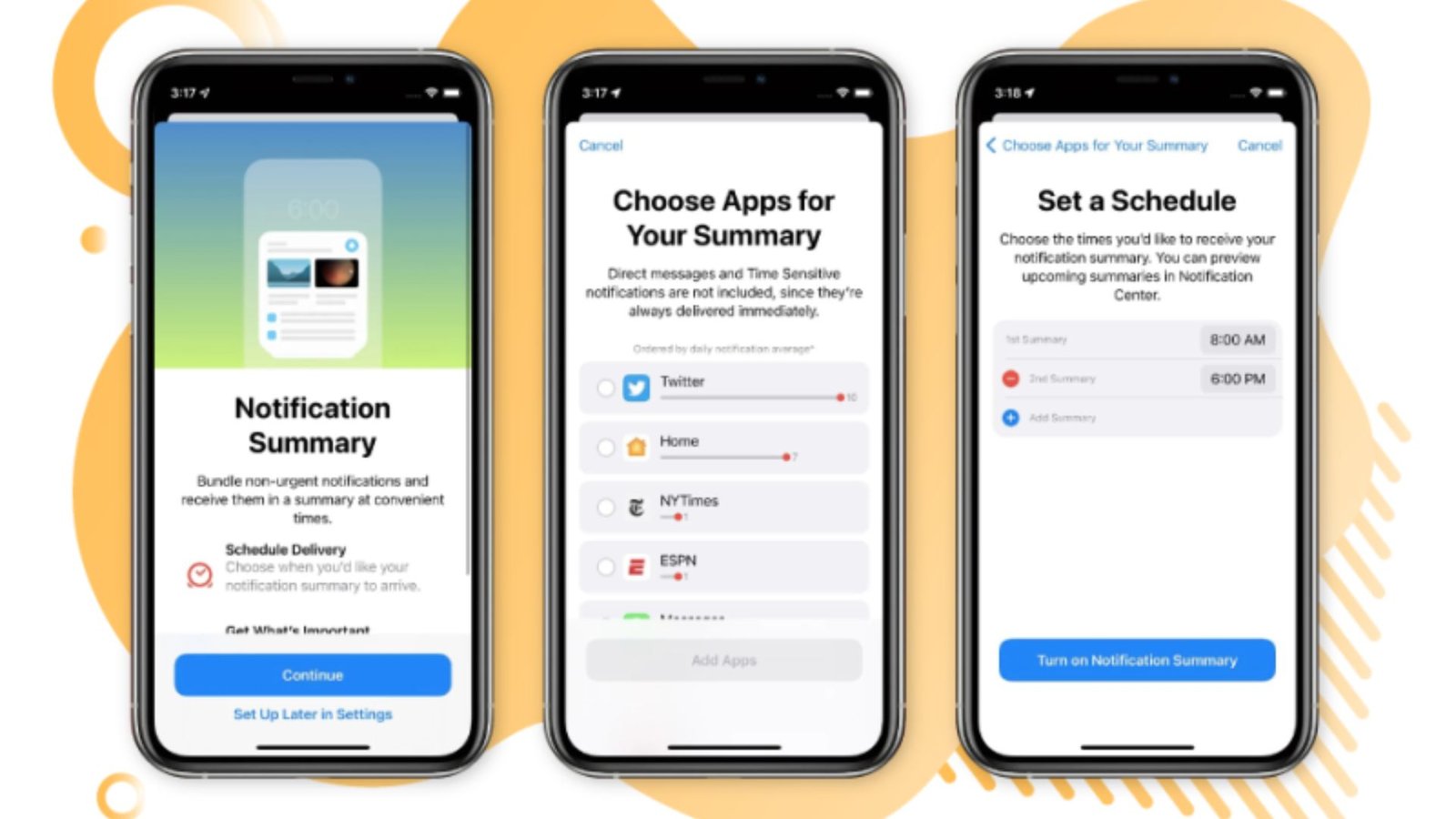User testing is a critical component of app development that helps ensure the final product meets user needs and expectations. It involves evaluating an app with real users to gather feedback and identify areas for improvement. Here’s a comprehensive look at the role of user testing in app development and why it’s essential for creating successful applications.

Understanding User Needs and Expectations
Identify User Pain Points: User testing helps identify issues and challenges that users face when interacting with an app. Understanding these pain points allows developers to address problems and enhance the overall user experience.
Validate Design Decisions: By observing how real users interact with an app, developers can validate design decisions and ensure that the interface and functionality align with user needs and preferences.
Gather Real-World Insights: User testing provides insights into how users will actually use the app in their everyday lives, helping developers understand the context and environment in which the app will be used.
Improving Usability and User Experience
Optimize Navigation and Interface: Testing helps identify usability issues, such as confusing navigation or unclear instructions. By addressing these issues, developers can create a more intuitive and user-friendly interface.
Enhance Performance: User testing can reveal performance issues, such as slow loading times or glitches, which can impact the user experience. Addressing these issues improves app performance and user satisfaction.
Refine Features: Feedback from user testing helps refine and prioritize features based on user needs and preferences, ensuring that the app delivers value and meets user expectations.
Reducing Development Costs and Time
Catch Issues Early: Identifying and addressing problems during the testing phase is more cost-effective than fixing issues after the app is launched. Early detection reduces the need for expensive revisions and ensures a smoother development process.
Avoid Costly Mistakes: User testing helps prevent costly mistakes by providing insights into potential issues before the app is released. This reduces the risk of negative user feedback and potential damage to the app’s reputation.
Streamline Development: By incorporating user feedback into the development process, teams can make informed decisions and avoid unnecessary changes, leading to a more efficient development cycle.
Enhancing User Satisfaction and Retention
Create a Positive Experience: By addressing user feedback and improving usability, developers can create a positive user experience that encourages continued use and fosters loyalty.
Increase User Engagement: An app that meets user needs and expectations is more likely to engage users and keep them coming back. Satisfied users are more likely to recommend the app to others, boosting its success.
Build Trust and Credibility: A well-tested app that delivers on user expectations builds trust and credibility with users, leading to positive reviews and a stronger reputation in the market.
Types of User Testing
Usability Testing: Focuses on how easy and intuitive it is for users to navigate and interact with the app. This type of testing helps identify usability issues and areas for improvement.
Beta Testing: Involves releasing the app to a select group of users before the official launch to gather feedback and identify any remaining issues. Beta testing helps validate the app in a real-world environment.
A/B Testing: Compares two versions of a feature or design to determine which performs better with users. This helps make data-driven decisions about design and functionality.
Focus Groups: Involves gathering a group of users to discuss their experiences and provide feedback on the app. Focus groups offer qualitative insights and can reveal deeper user preferences and issues.
Implementing User Feedback
Analyze and Prioritize Feedback: Review feedback from user testing to identify common issues and prioritize changes based on their impact on the user experience.
Iterate and Improve: Use the insights gained from user testing to make iterative improvements to the app. Continually testing and refining the app ensures that it evolves to meet user needs.
Communicate Changes: Keep users informed about updates and changes based on their feedback. This demonstrates a commitment to improving the app and maintaining a positive relationship with users.
Conclusion
User testing plays a crucial role in app development by providing valuable insights into user needs, improving usability, reducing costs, and enhancing user satisfaction. By incorporating user feedback into the development process, developers can create apps that deliver a positive user experience, drive engagement, and achieve success in a competitive market. Regular and thorough user testing ensures that an app meets user expectations and performs effectively in real-world scenarios.




